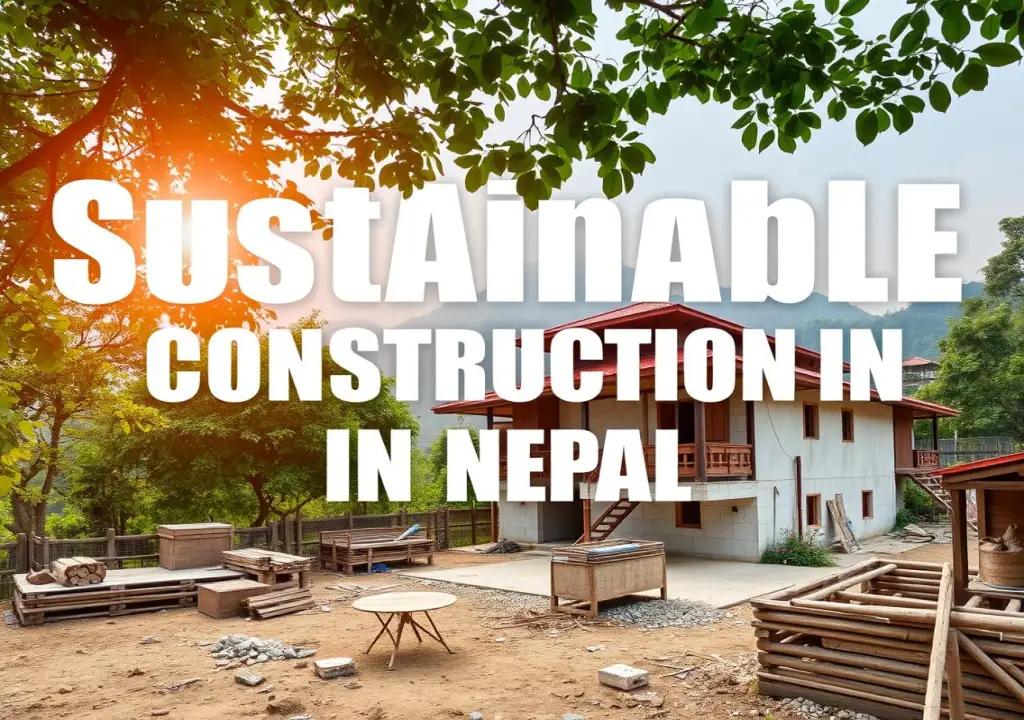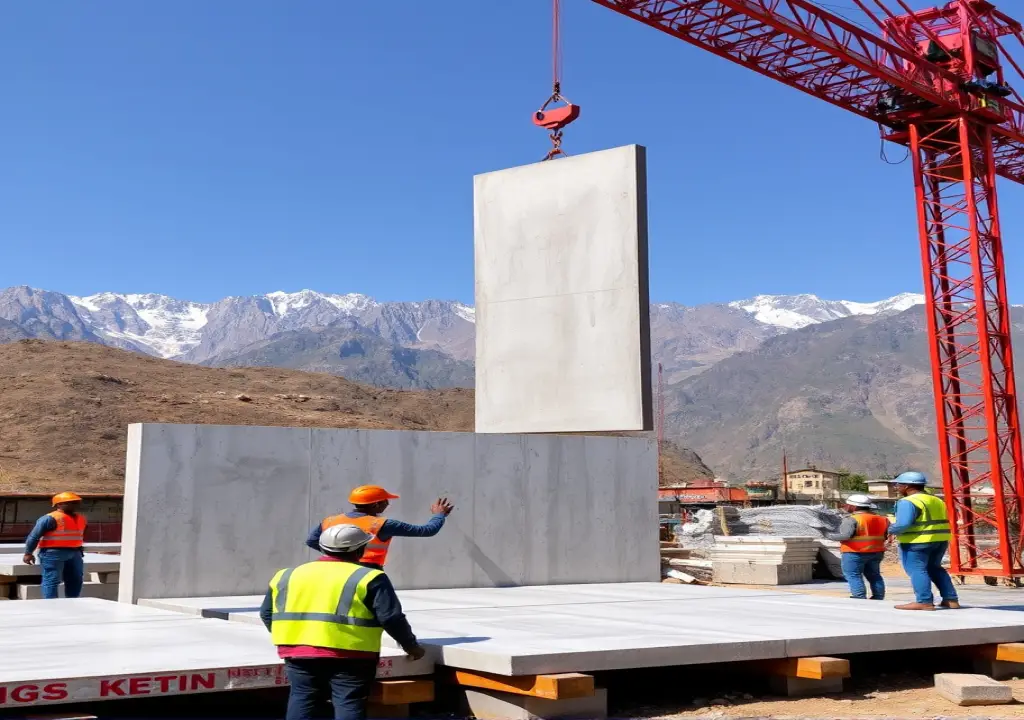Search Blogs

Published By: Reejan Kusma
Published On: Aug 13, 2024, 08:01:43 AM * 3 min to complete.
Sustainable Construction in Nepal
Introduction
As Nepal rapidly urbanizes, the construction industry in Nepal plays a crucial role in shaping the nation’s future. With the country's susceptibility to natural disasters like earthquakes, adopting sustainable construction practices is essential. These practices not only create long-lasting structures but also minimize environmental impacts, promoting a healthier, more resilient Nepal.
Importance of Sustainability in Construction
Nepal’s unique geography and frequent natural disasters make sustainability in engineering and construction vital. Buildings need to be resilient, durable, and capable of withstanding challenges like earthquakes. Sustainable practices ensure that construction in Nepal meets these demands while reducing the industry's carbon footprint.
Using Locally Sourced Materials
A key aspect of sustainable construction in Nepal is utilizing locally sourced materials such as stone, bamboo, and traditional mud bricks. These materials reduce transportation costs, lower carbon emissions, and are often better suited to Nepal’s climate. Additionally, supporting local resources boosts the economy and preserves cultural construction techniques.
Energy-Efficient Designs
Incorporating energy-efficient designs into engineering services is essential for sustainability. Construction companies in Nepal can reduce energy consumption through passive solar designs, green roofs, and proper insulation. These methods not only lower environmental impact but also cut operational costs, benefiting both residents and businesses.
Enhancing Disaster Resilience
Given Nepal’s vulnerability to earthquakes, construction companies must prioritize disaster-resilient designs. Techniques like base isolation and reinforced masonry can significantly improve a building’s earthquake resistance. Sustainable construction ensures that structures are not only eco-friendly but also safe and robust.
Conclusion
Sustainable construction in Nepal is more than just an environmental concern; it’s a necessity for building a resilient future. By adopting these practices, construction companies can contribute to a safer, more sustainable Nepal, ensuring that today’s buildings stand strong for generations to come.
